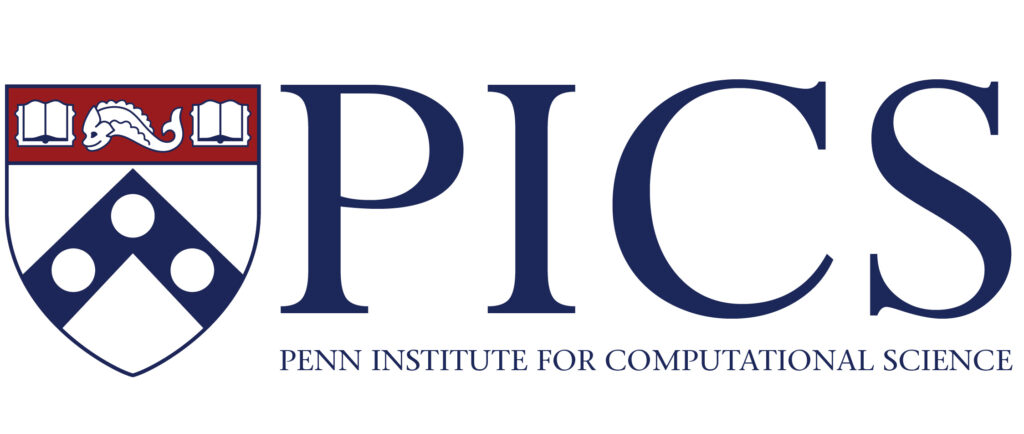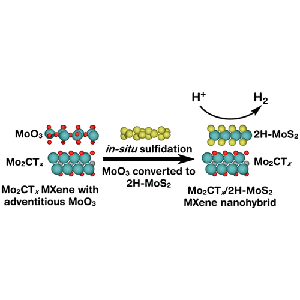The Vojvodic Group has published a new paper in ACS Nano.
Abstract: The development of highly efficient and durable earth-abundant hydrogen evolution reaction (HER) catalysts is crucial for the extensive implementation of the hydrogen economy. Members of the 2D MXenes family, particularly Mo2CTx, have recently been identified as promising HER catalysts. However, their inherent oxidative instability in air and aqueous electrolyte solutions is hindering their widespread use. Herein, we present a simple and scalable method to circumvent adventitious oxidation in Mo2CTx MXenes via in situ sulfidation to form a Mo2CTx/2H-MoS2 nanohybrid. The intimate epitaxial coupling at the Mo2CTx/2H-MoS2 nanohybrid interface afforded superior HER activities, requiring only 119 or 182 mV overpotential to yield −10 or −100 mA cm–2geom current densities, respectively. Density functional theory calculations reveal strongest interfacial adhesion was found within the nanohybrid structure as compared to the physisorbed nanohybrid, and the possibility to tune the HER overpotential through manipulating the extent of MXene sulfidation. Critically, the presence of 2H-MoS2 suppresses further oxidation of the MXene layer, enabling the nanohybrid to sustain industrially relevant current densities of over −450 mA cm–2geom with exceptional durability. Less than 30 mV overpotential degradation was observed after 10 continuous days of electrolysis at a fixed −10 mA cm–2geom current density or 100,000 successive cyclic voltammetry cycles. The exceptional HER durability of the Mo2CTx/2H-MoS2 nanohybrid presents a major step forward to realize practical implementation of MXenes as noble metal free catalysts for broad-based applications in water splitting and energy conversion.
Read more here: https://pubs.acs.org/doi/abs/10.1021/acsnano.0c08671

